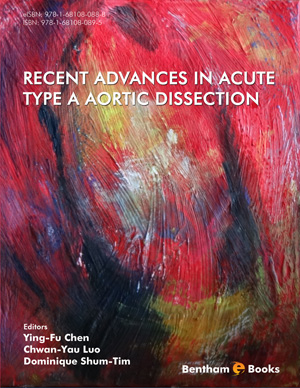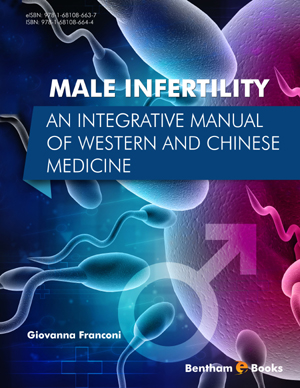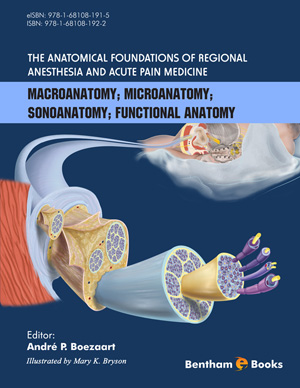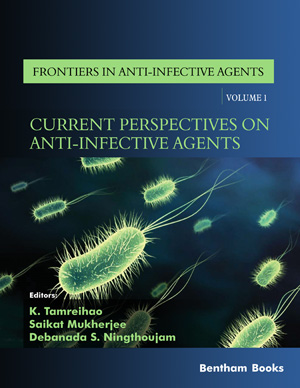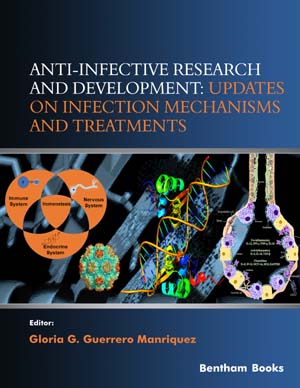Abstract
Acute type A aortic dissection (TAAAD) is the most lethal disease of the aorta and requires emergency surgery to prevent sudden death caused by an aortic rupture and secondary end-organ ischemia due to compromised aortic branch vessels. Despite technical advances in surgery, anesthesia, organ-protection, and critical care, surgical morbidity and mortality remains high because of hemodynamic instability, of repairing the acutely dissected aorta, and of manipulating the secondary compromised multiple organs. To save the life of the patient, a complete resection of the intimal tear and reapproximation of the proximal and distal edges of the dissected aorta are widely accepted as the primary objectives of surgery. However, late reoperation after surgery for acute TAAAD has been frequently reported. Extended aortic arch replacement and concomitant intervening of the distal aorta can be undertaken to reduce the incidence of late complications of the distal aorta. Total arch replacement combined with implanting a stented elephant trunk-graft is recommended to treat TAAAD when the aortic arch requires repair. This technique offers the superiority of combined surgical and interventional approaches while simultaneously avoiding the shortcomings of either of these approaches alone. The sooner a patient with TAAAD is treated, the better will be the remodeling of the two layers of the dissected aortic wall after a stented elephant trunk-graft has been implanted, and the less end-organ ischemia secondary to aortic branch vessel compromise there will be.
Keywords: Acute type A aortic dissection, Aortic insufficiency, Aortic root, Aortic sinus, Cardiopulmonary bypass, Composite valved graft replacement, Deep hypothermic circulatory arrest, Emergency, False lumen, Hybrid technique, Malperfusion syndrome, Marfan syndrome, Remodeling, Reoperation, Retrograde cerebral protection, Selective antegrade cerebral protection, Sinotubular junction, Stented elephant trunk technique, Total arch replacement, Triple-branched stented graft.


